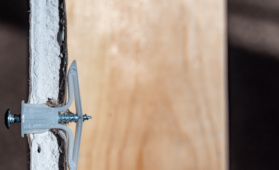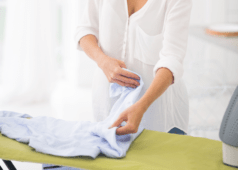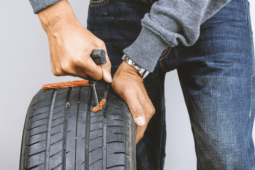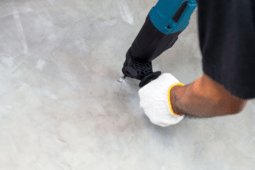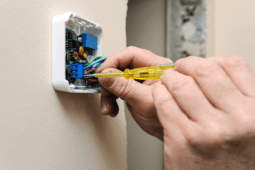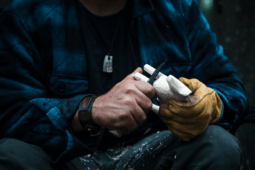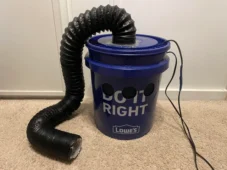How To: A Guaranteed Way to Deep Clean Your Water Bottle

Anyone who regularly uses the same water bottles several times a week – runners, cyclists, hikers, athletes, or any general person-on-the-go that likes to stay hydrated – can attest: they can get nasty. Even if nothing but water and ice ever go in, the crud can still build up, and non-H2O fluids like sports drink or add-ins make the taste, odor, and junk even worse.
The common-sense solution here is to use a bottle brush. Which will work, if you do it after every use and start with a perfectly clean bottle, and then rinse and dry thoroughly every time. But if the gunk has built up, or your hydration system uses any squeeze tops, bladders, tube, bite valves, etc, there’s more than just the bottle cavity to clean.
What Is That Stuff?
Of course, you’re never actually drinking just water. Tap water contains all sorts of minerals, disinfecting agents, and there’s thousands of (safe) bacteria living in your bottle and under the mouthpiece. Plus, every time you drink, you’re adding stuff back into the bottle from your mouth and lips. The nutrients and moisture mix with spores from the air, and, basically, produce mold.
There are supposed hacks that will fix this, like using Alka Seltzer or denture tablets to clean them, but I’ve never had much success with those, particularly with hydration bladders with long tubes.
So, if you’ve got a BPA-free system that you like and you really want to get those heavy-use bottles clean, this’ll do it for just a couple of cents, with no need to replace.

1. First, disassemble your bottle or water system into as many parts as will break down. Take off any lids, valves, tube, etc. Use a bowl for smaller parts, but don’t add them in just yet.
Now, add 1 teaspoon baking soda and 1/2 teaspoon chlorine bleach to each bottle or bowl. Fill with warm water and stir to combine. Place any small parts in the bowl and use a plate to weigh everything down to completely submerge. Allow to sit four 4-6 hours, or overnight.

2. After resting, pour out a little solution and see if it’s broken down the build-up. If not, wait a while longer until the black stuff will move with some encouragement. Now, grab a bottle brush or rag on the end of a chopstick and give a little friction to remove any crud. Be sure to check the top, especially around the lid threads.

3. To clean small or tight parts, use a cotton swab or a toothpick/bamboo skewer to remove gunk. Be extra careful using any sharp object, so you don’t puncture any flexible seals or gaskets.
Now, rinse everything thoroughly and completely with soap and clean water. Then do it again. Make sure no bleach residue remains. You can run some bottles through the dishwasher, but if you’re not sure, don’t do it. Rinse a bunch, then allow everything to completely dry.

4. Lastly, if there’s any musty smell or odor remaining (other than chlorine; if that’s the case, wash and rinse again), you can swish around some anti-septic mouthwash to remove the funky odor or taste.
From now on, rinse and dry after each use, and you can slow the build-up. But, really, anything made from polyethylene that sees heavy use will require a deep cleaning every year or so. And if you follow the directions, and are sure to rinse carefully, this way is safe and very effective.
If you found this post helpful, here’s an image you can share on Pinterest to help spread the word (thanks!):
This ManMade post was originally published on July 14th, 2014. We’re sharing again because it’s summer!


